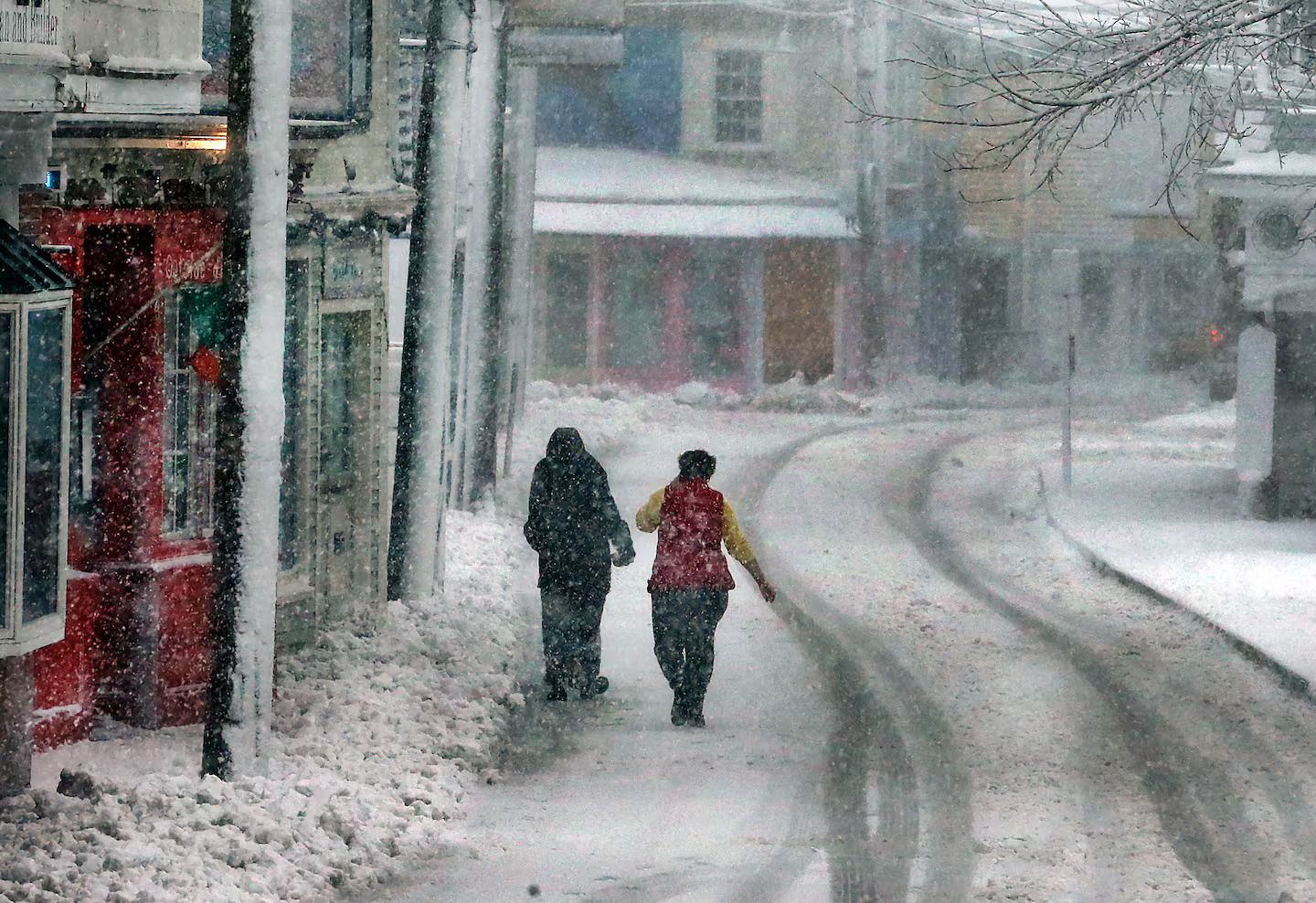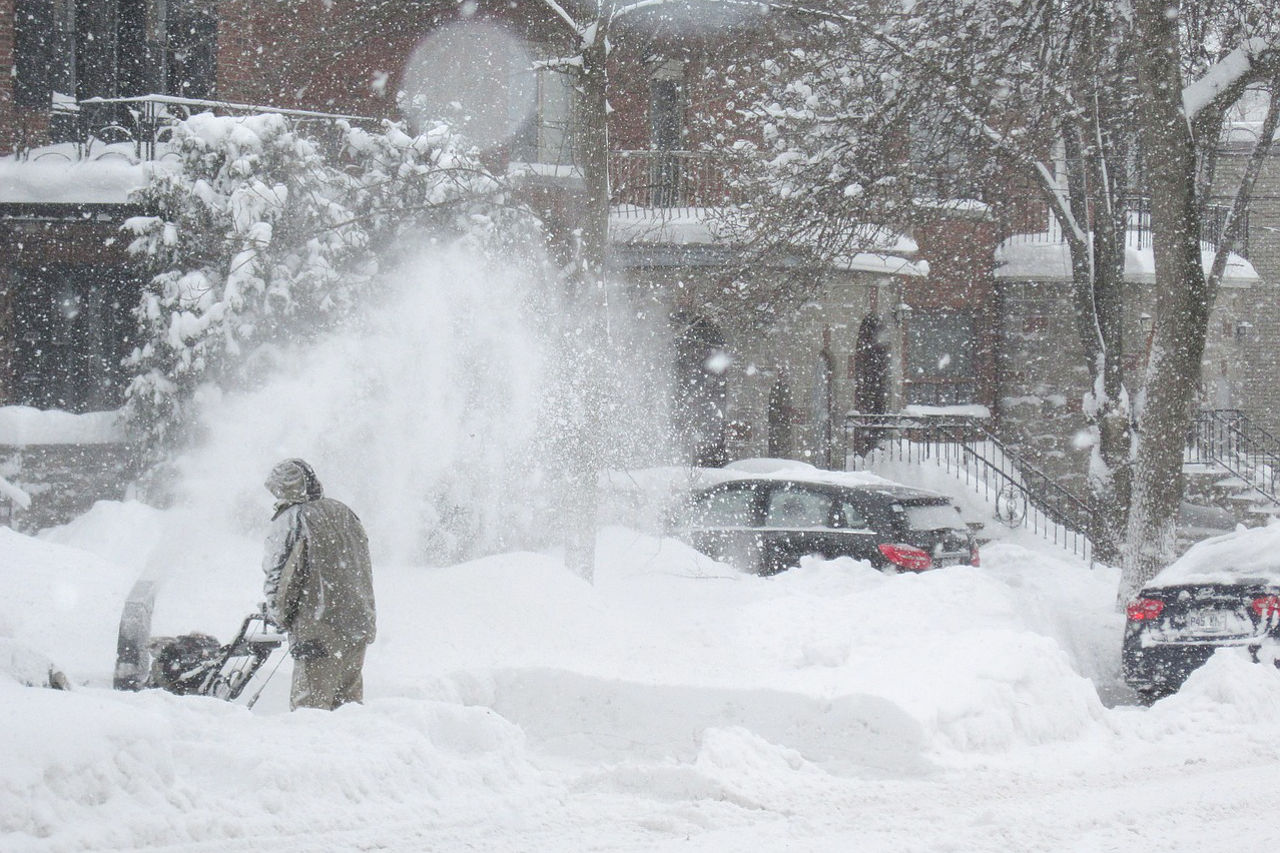As winter approaches and daylight hours shorten, many individuals experience seasonal depression, commonly known as seasonal affective disorder (SAD). Germaine Pataki, a 63-year-old resident of Saskatoon, Saskatchewan, articulates the overwhelming emotions associated with SAD, describing them as a mix of panic, fear, anxiety, and dread. This disorder affects millions of people, with symptoms typically beginning in the fall and easing with the arrival of spring.
The transition to standard time, which occurs in the fall, can trigger these depressive episodes in susceptible individuals. Alongside SAD, medical experts recognize a milder variant called subsyndromal SAD, as well as a less-understood summer form of seasonal depression.
The concept of SAD was first introduced in 1984 by Dr. Norman Rosenthal, a researcher at the National Institutes of Health. Recent studies have provided insights into the underlying mechanisms of this condition. Researchers have identified that specialized cells in our eyes respond to blue light from the sun, which plays a crucial role in regulating mood and alertness.
When absorbed, this blue light activates the brain’s alertness centers, leading to increased feelings of wakefulness and happiness. Kathryn Roecklein from the University of Pittsburgh has conducted studies showing that individuals with SAD exhibit reduced sensitivity to blue light, particularly during the winter months, suggesting a biological basis for their wintertime depression.

Light therapy has emerged as a leading treatment for individuals with SAD. According to Dr. Paul Desan from Yale University’s Winter Depression Research Clinic, exposure to bright light for approximately 30 minutes each morning can lead to significant mood improvements in many patients.
This therapy utilizes specialized light devices that are about 20 times brighter than standard indoor lighting. Research indicates that lights with a brightness of around 10,000 lux are most effective. Although the costs for these devices can range from $70 to $400, patients are encouraged to check with their insurance providers to see if they cover light therapy.
In addition to light therapy, antidepressant medications are commonly used in tandem with lifestyle changes such as maintaining a regular sleep schedule and spending time outdoors, even when the weather is gloomy. Cognitive behavioral therapy (CBT) has been shown to provide longer-lasting benefits, helping individuals identify and reframe negative thoughts about winter.
For instance, changing the thought “I hate winter” to “I prefer summer to winter” can help alter one’s perspective without affecting mood negatively. Therapists often encourage patients to plan enjoyable activities, such as meeting friends for coffee, to counter feelings of isolation and inactivity during the winter months.
People with SAD have an extended period to develop personalized coping strategies, and many have found unique methods that work for them, despite limited scientific validation. For instance, Elizabeth Wescott from California incorporates contrast showers, which alternate hot and cold water, into her routine to combat her symptoms.
Others, like Miriam Cherry in New York, create gardens with early-blooming flowers, such as snowdrops and hellebores, to provide a visual cue that winter will eventually give way to spring. These proactive measures help individuals find comfort and instill a sense of hope for the brighter days that lie ahead.
